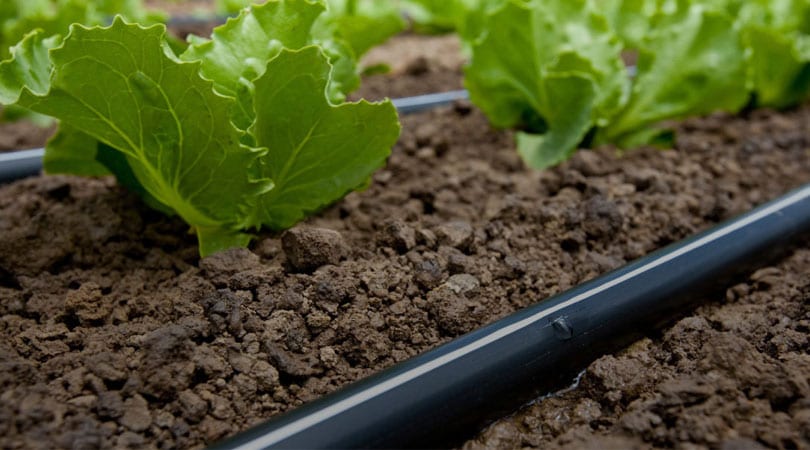
How Long Should You Run Your Drip Irrigation System?
Drip irrigation is a highly efficient method of watering plants, delivering water directly to the root zone.
Unlike traditional sprinkler systems that deliver large amounts of water in a short period, drip irrigation systems release water slowly and evenly through small emitters. This controlled release of water allows plants to absorb moisture more efficiently and reduces the risk of runoff or evaporation. However, determining how long to run your drip irrigation system can be tricky.
Running time
The amount of time you should run your drip irrigation system depends on a number of factors, including the type of plants you are watering, the climate, and the soil type. In general, you should run your drip irrigation system for 10-30 minutes per day. However, you may need to adjust this time up or down depending on the specific conditions.
The irrigation duration is influenced by factors such as soil type, soil composition, and weather conditions.
Factors that determine the duration
Some factors that determine how long to run your drip irrigation system include:
-
Check the soil moisture. The best way to determine if your plants need water is to check the soil moisture. Stick your finger into the soil about 2 inches deep. If the soil is dry, it’s time to water.
-
Consider the climate. In hot, dry climates, you may need to water your plants more often than in cooler, wetter climates.
-
Pay attention to the type of plants you are watering. Some plants, such as vegetables, need more water than others, such as cacti.
-
Consider the soil type. Soil composition plays a significant role in determining how water moves through the ground. Sandy soils have larger particles and drain more quickly, requiring more frequent watering. On the other hand, clay soils have smaller particles and retain water for extended periods, allowing for less frequent watering. Understanding your soil type will help you tailor your watering duration accordingly.
-
Weather Conditions: Certain conditions, such as temperature and humidity, impact the rate at which plants lose moisture through evaporation. Hotter and drier conditions increase water loss, necessitating longer watering durations. Conversely, cooler and more humid conditions may require shorter watering durations. Monitoring weather conditions and adjusting your watering schedule will help ensure your plants receive the right amount of water.
Tips for watering your plants with drip irrigation
-
Water deeply and less often. This will help to prevent the roots from becoming shallow and weak.
-
Water early in the morning. This will help prevent the water from evaporating during the day’s heat.
-
Water at the base of the plants. This will help to prevent the leaves from getting wet, which can lead to fungal diseases.
-
Inspect your drip irrigation system regularly. This will help to identify any leaks or other problems.
-
Install a Smart Irrigation Controller. Consider upgrading to a smart irrigation controller that uses weather data and soil moisture sensors to adjust watering schedules automatically. These controllers optimize water usage by adjusting watering durations based on real-time conditions, helping to prevent overwatering and conserve water.
-
Regularly Monitor Plant Health. Keep a close eye on your plant’s health to ensure they receive adequate water. Signs of overwatering or underwatering include wilting, yellowing leaves, and stunted growth. Adjust your watering duration if you notice any signs of water stress or excess moisture.
-
Regularly Inspect and Maintain Your System. Inspect your drip irrigation system regularly to ensure that each emitter is functioning properly and free from clogs or leaks. Clear any obstructions and replace faulty emitters as needed. Proper maintenance will help maintain consistent water distribution and prevent water waste.
Remember, every garden is unique, and it may take some trial and error to find the perfect watering duration for your specific plants and conditions. With practice and observation, you will become adept at managing your drip irrigation system and providing your plants with the water they need to flourish.
Where to get drip irrigation equipment
Mazero offers high-quality, long-lasting drip irrigation equipment and systems to help you get started. Also, our team of experts will help you install the system to help you get everything right. Contact us today! Happy gardening!

